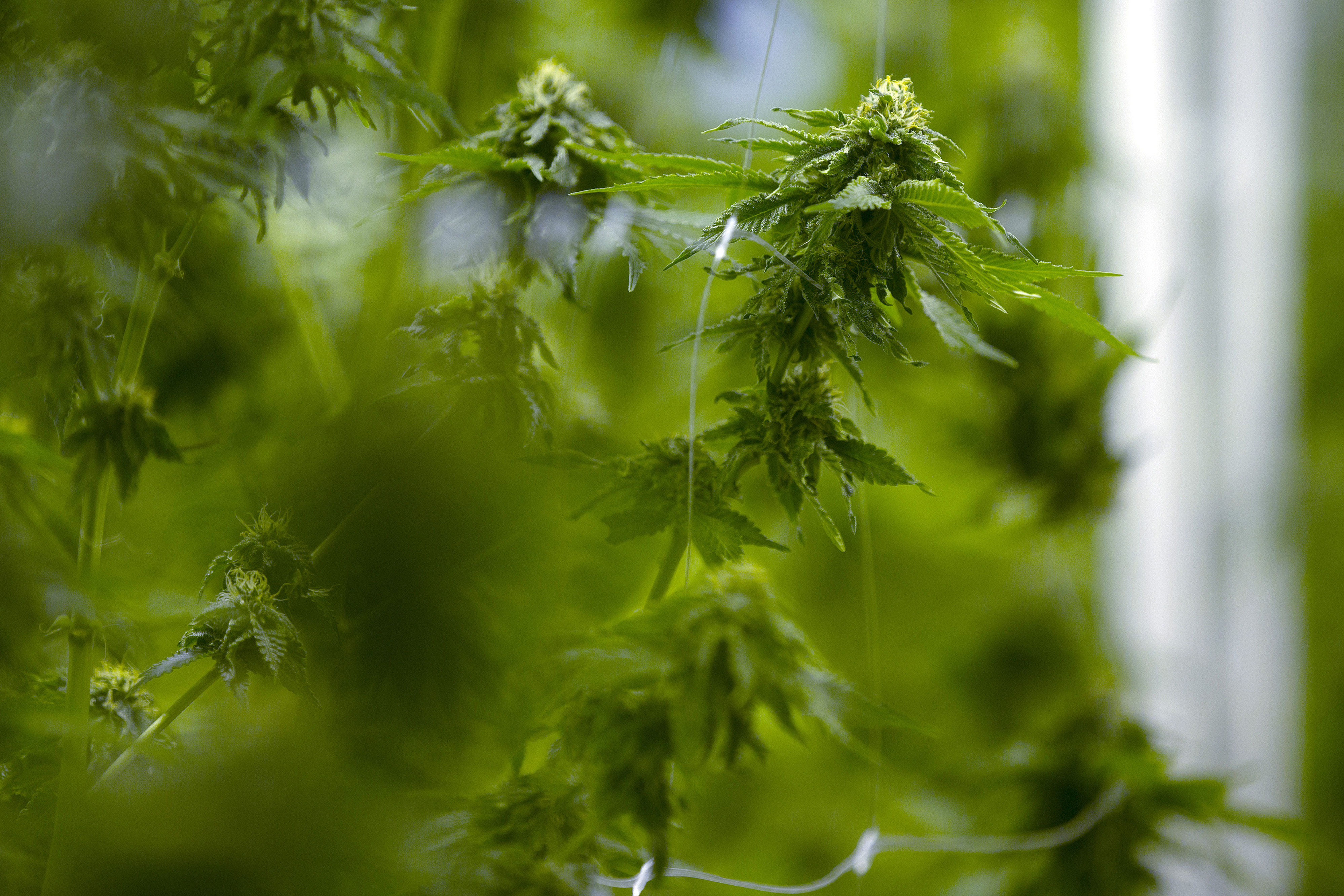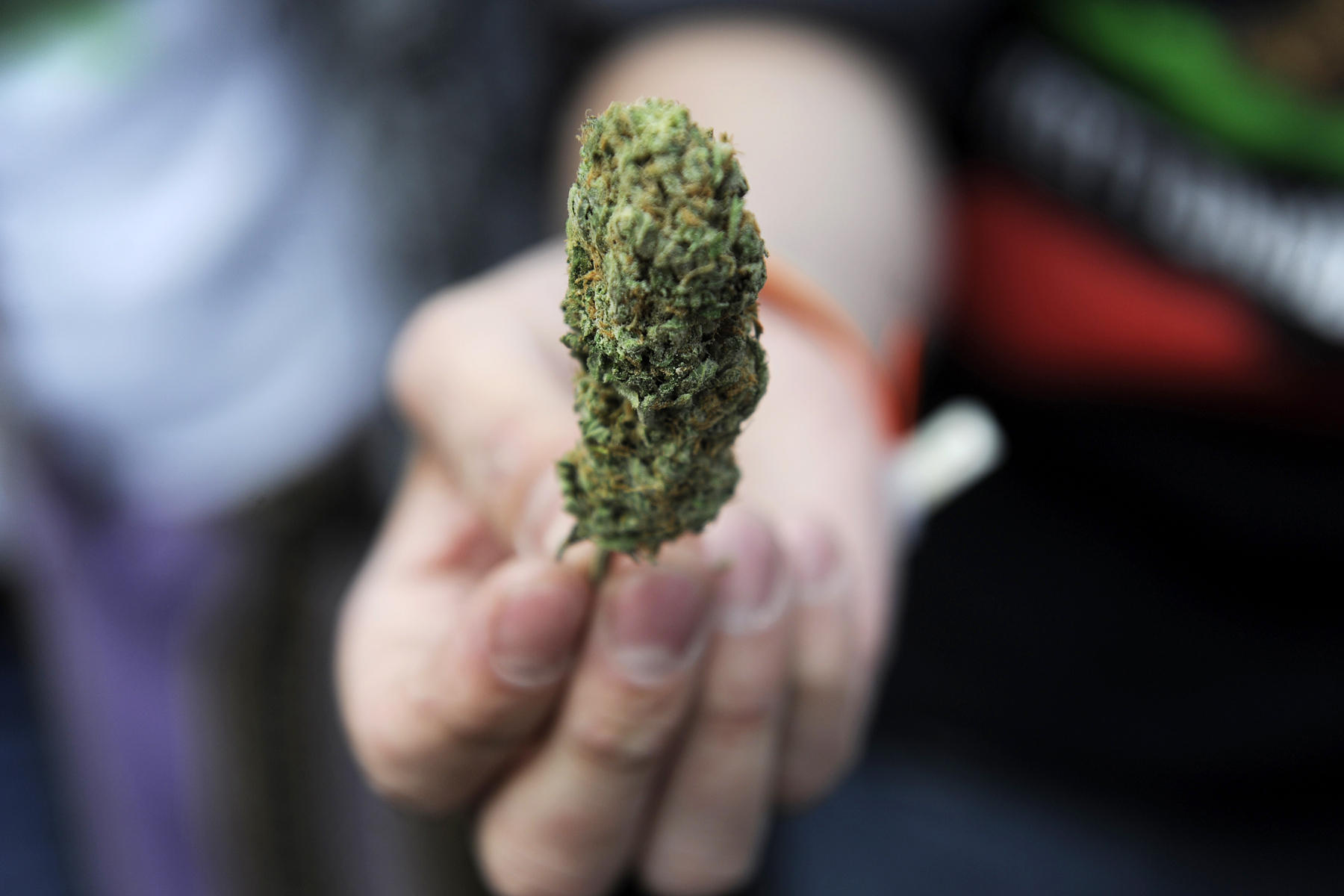By P. M. Samuelson
The alcoholic beverage industry’s interest in the fledgling cannabis market recently came to light during a Capitol Hill briefing Nov. 30, 2018, by one of the nation’s leading alcoholic beverage industry associations, the Wine and Spirits Wholesalers of America (WSWA).
Addressing lawmakers and congressional staffers, the WSWA declared its support of ending federal cannabis prohibition and also recommended the federal government take a hands-off position with allowing states to legalize marijuana. A group representative suggested that legal cannabis could learn from the regulatory practices of the alcoholic beverage industry.
A one-page overview distributed at the briefing outlines WSWA’s recommended policies and practices for cannabis. Of particular relevance to cannabis industry companies is the WSWA’s recommendation of “no vertical integration.” The term means a firm controls several or all facets of the supply chain, from raw materials to consumer sales.
“Alcohol and cannabis are similar in that they can both be used responsibly and have the potential for abuse, underage use, counterfeiting, and tax evasion — among other issues,” WSWA Senior Vice President of Government Relations Dawson Hobbs told Weedmaps News. “Regulating them similarly is sound policy.
“WSWA has told elected officials at the state and federal level that the conflict between states that have legalized and federal law should be addressed if certain requirements are met,” Hobbs stated.


Hobbs cited his specific reasons why WSWA strongly opposes vertical integration: “America’s alcohol regulatory model has provided important benefits to consumers, regulators and the alcohol industry. This model protects competition and safety by ensuring that no one entity dominates the marketplace and that distribution is handled in a safe and transparent manner.”
WSWA’s opposition to vertical integration is relevant to the cannabis industry because of widely varying state laws where adult-use cannabis is legal. Some states mandate vertical integration, while other states prohibit it, and for others it’s allowed but not mandated, which has some in the cannabis industry wondering whether they should circle the wagons to protect their interests. They believe the alcoholic beverage industry wants the cannabis industry to adopt its recommendations so companies like beer, wine, and liquor distributors can capitalize on cannabis as well.
In Colorado, cannabis regulation falls under the Marijuana Enforcement Division (MED). When Colorado became the first state to regulate and license medical cannabis in 2010, vertical integration was mandatory (other states had legalized medical marijuana, but they did not issue business licenses). In 2012, when Coloradans voted to legalize adult-use cannabis, the law changed for adult-use businesses, and vertical integration became allowed, but not mandatory. Vertical integration is still mandatory for Colorado’s medical cannabis.
In contrast to Colorado, Washington’s cannabis is regulated by the Washington State Liquor and Cannabis Board, which prohibits vertical integration. The two states were the first to legalize adult-use cannabis, but approached it differently. In addition to not allowing vertical integration, Washington prohibits home cultivation for recreational use. Washington is the only legal adult-use state with this restriction. In Washington, adults 21 years of age and older must visit adult-use stores to obtain recreational marijuana, while Coloradans can grow their own.
Brian Vicente, partner and founding member of Colorado law firm Vicente Sederberg and theexecutive director at Sensible Colorado, a nonprofit cannabis advocacy organization, views mandatory vertical integration as a valid and sound regulatory practice.
“It is likely that WSWA opposed vertical integration because they want alcohol companies to be able to participate in the marijuana industry, without a requirement that they participate in all aspects of the marijuana business, such as growing or retailing,” said Vicente, one of the primary authors of Colorado’s Amendment 64, which legalized recreational cannabis in the state. “Many alcohol companies may be too skittish to grow or retail marijuana due to federal law concerns, but might feel more comfortable in a less-visible role, such as distribution.”
Combining cannabis and alcohol distribution is not a new idea. In Canada, where recreational cannabis is legal nationwide, Hill Street Beverage Co.’s industry analysis estimated alcohol, a known carcinogen linked to numerous chronic health conditions, to cost the Canadian economy $14.5 billion annually in criminal justice, health-care, and lost productivity costs — more than 14 times the $1 billion that cannabis costs its economy. Hill Street’s proposed solution is to make cannabis-infused beverages readily available to Canadian consumers alongside alcoholic beverages such as beer as an attractive alternative. It believes this could save the Canadian government $4 billion annually.
A similar approach to distributing and marketing cannabis in the United States could be a realistic objective of the alcohol industry.
According to Hobbs, “WSWA is advocating that the lessons our industry has learned since the repeal of Prohibition can be shared with the cannabis industry as its newly legal marketplace evolves.”
However, those inside the cannabis industry may not be so quick to adopt the alcohol industry’s model, as Vicente indicated: “Alcohol companies have generally done a decent job of regulating an intoxicant and establishing efficient distribution chains,” he said. “However, we are at a unique moment in time, when a brand-new industry is being created from scratch — the global cannabis industry. Let’s hope that new marijuana businesses do not copy some of the less-decent aspects of Big Alcohol’s history, such as the sexist marketing of the Budweiser Girls or the cartoonish Spuds MacKenzie. I have worked with many cannabis business owners for years who are decent, ethical folks, so I think this sort of marketing will not fly in the marijuana field.”















